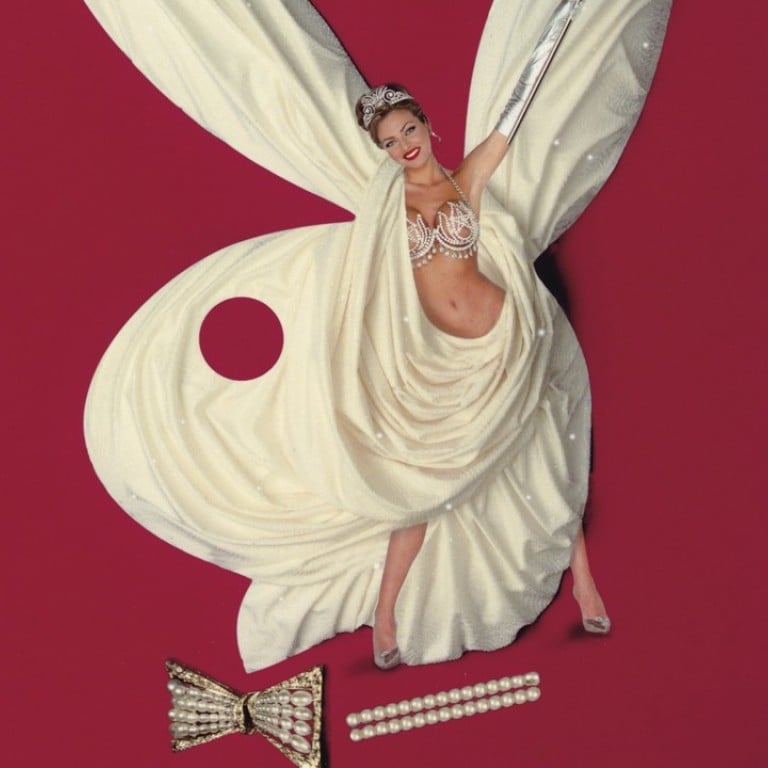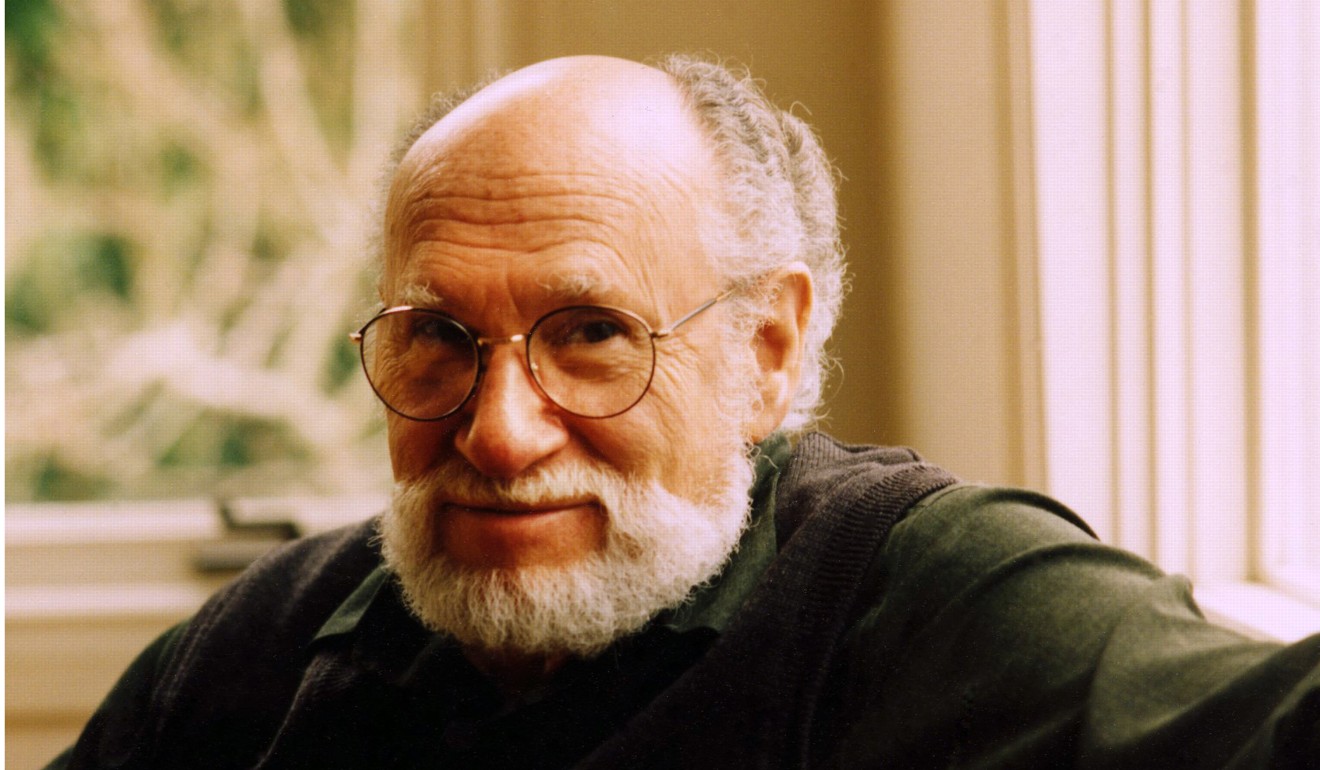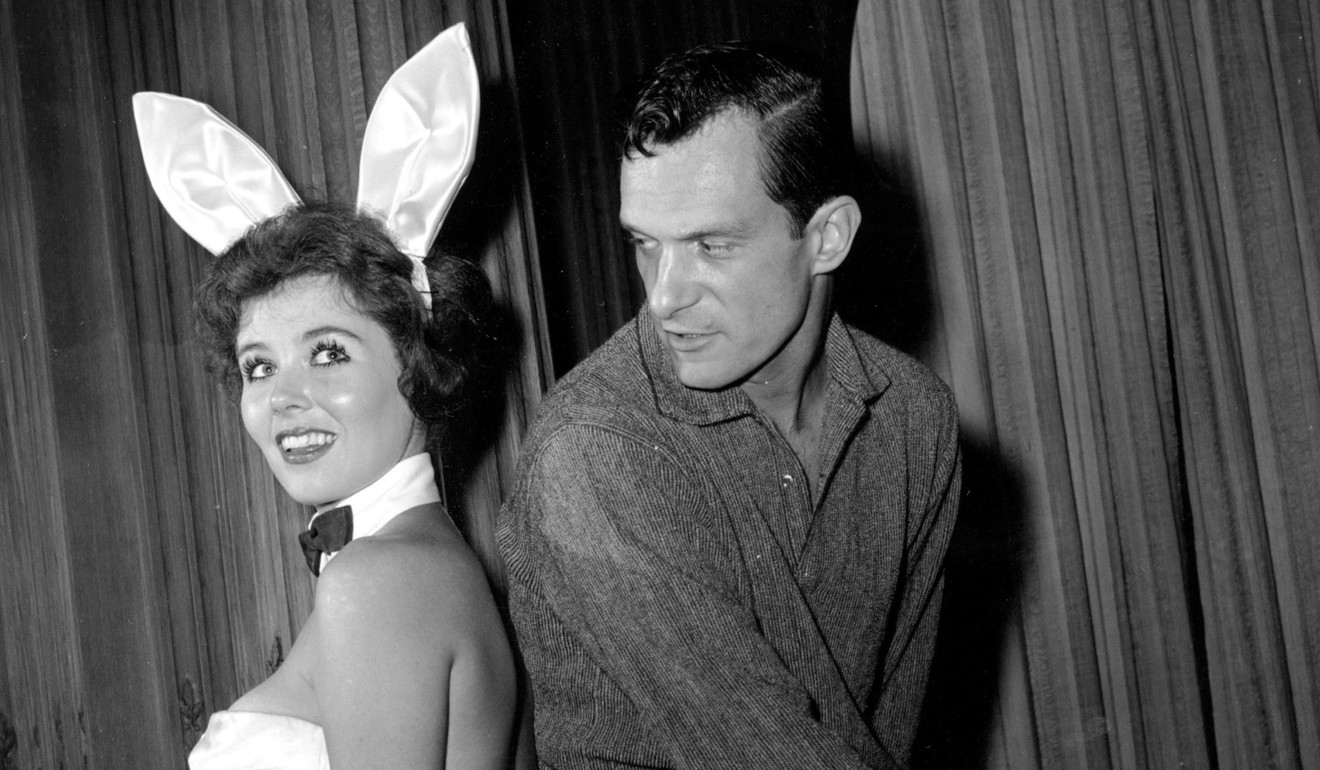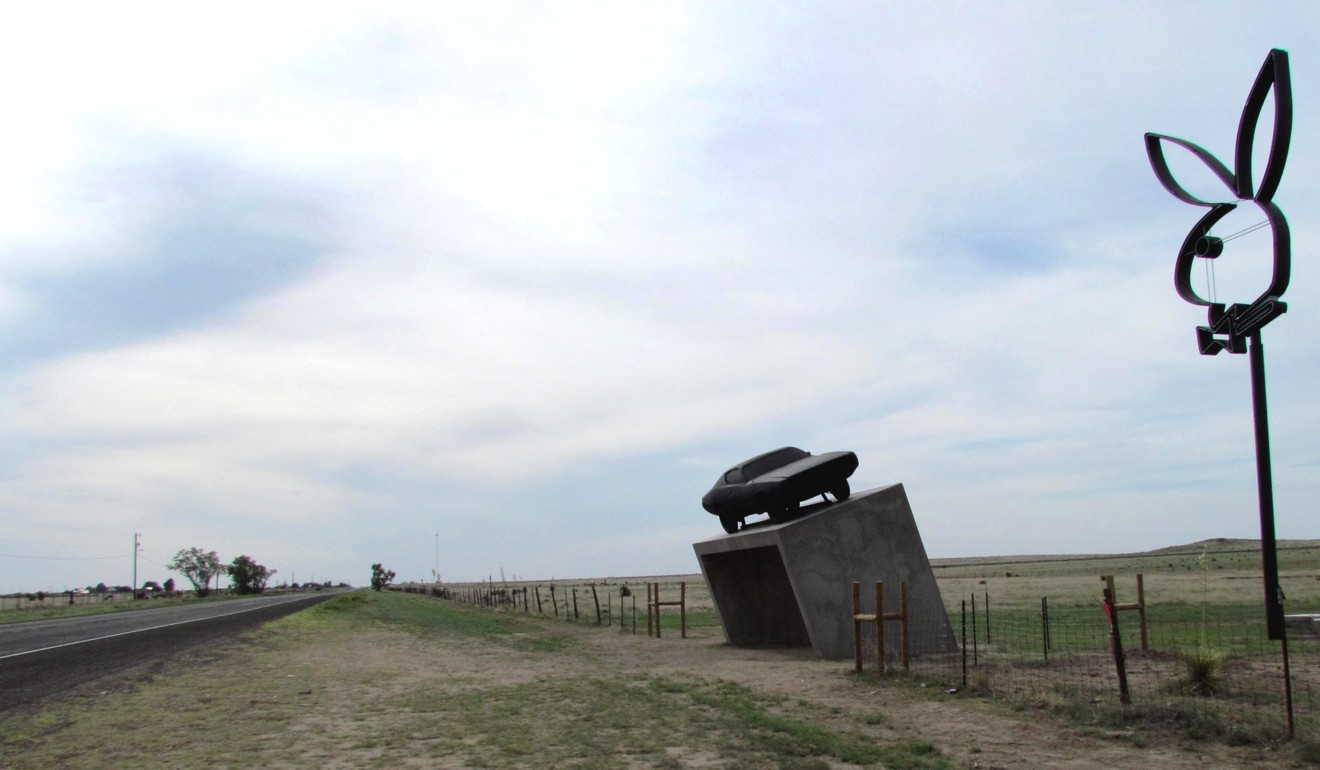
Art Paul, creator of Playboy’s iconic bunny logo, dead at 93
Art Paul, the founding art director of Playboy magazine who created the familiar bunny logo that became the symbol of Hugh Hefner’s publishing and entertainment empire and who exerted a lasting influence on magazine design, died April 28 at a hospital in Chicago. He was 93.
The cause was pneumonia, said his wife, Suzanne Seed.
Hefner was developing his idea for a new men’s magazine in 1953 when he approached Paul, then working as a freelance illustrator and designer in Chicago. Hefner sought a clean, modern design for the magazine that he wanted to call Stag Party.

“Art Paul managed to create a striking black-and-white cover design with a red logo,” Hefner wrote in Playboy in 1994. “This was just the first example of how Art took ordinary pictures and, through inventive design and the addition of illustrative details, made the magazine and its covers innovative and interesting.”
Paul, the first person hired by Hefner at Playboy, designed the magazine’s table of contents, articles, regular features – and the magazine’s first nude photo, an image of Monroe on a red satin sheet. (“I had nothing on but the radio,” she later quipped.)
When Hefner, who died last year, decided the magazine needed a recognisable symbol, like The New Yorker’s top-hatted Eustace Tilley or Esquire’s mustachioed “Esky,” he suggested the idea of a rabbit. Paul swiftly sketched the bunny head in profile, with a jaunty bow tie.

At first, it was intended to mark the end of stories, but by the third issue it had migrated to the magazine’s cover, where it has stayed ever since, month after month. Paul, who was Playboy’s art director for 29 years, came up with ingenious ways to disguise the bunny logo on the magazine’s cover.
Readers sometimes wrote to the magazine, saying the logo was missing from the cover, but it was invariably there, whether in a pair of gloves held just so, in a reflection from a woman’s eye, in a pattern of rumpled sheets, on a cuff link peeking out from a sleeve or, shown in negative space, by an overhead view of a group of women arranged on a beach.

During Paul’s tenure as art director, Playboy won hundreds of awards for illustration and graphic design and influenced the visual appearance of scores of other magazines and newspapers.
“Quite simply, he was the right guy in the right place at the right time,” Hefner said in 2009. “I couldn’t have done it without him.”
After retiring from Playboy in 1982, Paul worked as an independent designer in advertising, television, magazines and film. He also created thousands of paintings, which he occasionally exhibited in galleries in Chicago.
His first marriage, to Beatrice Miller, ended in divorce. Survivors include his wife of 43 years, Suzanne Seed of Chicago; two sons from his first marriage; a stepdaughter; and two grandchildren.

